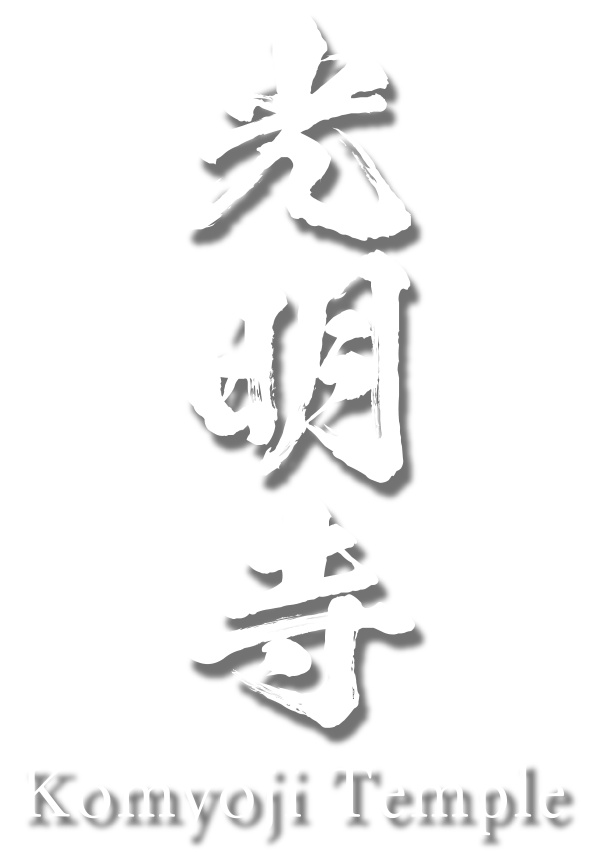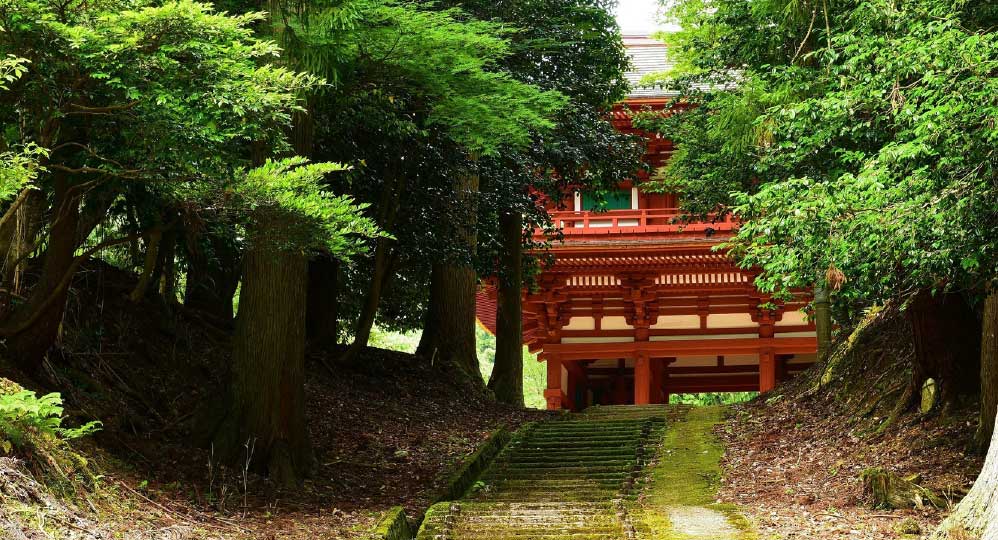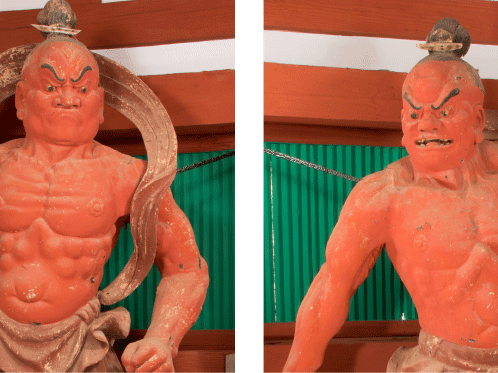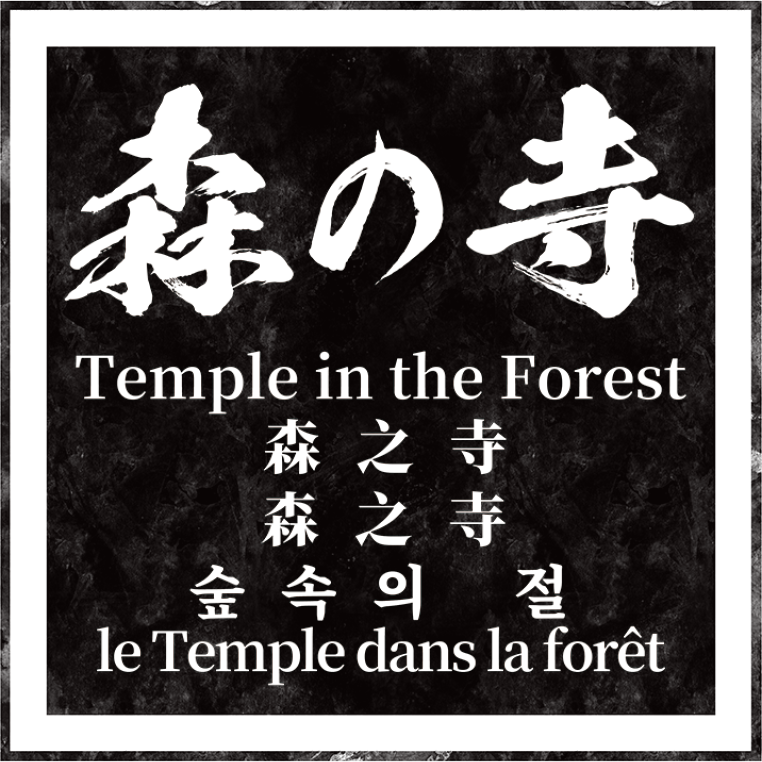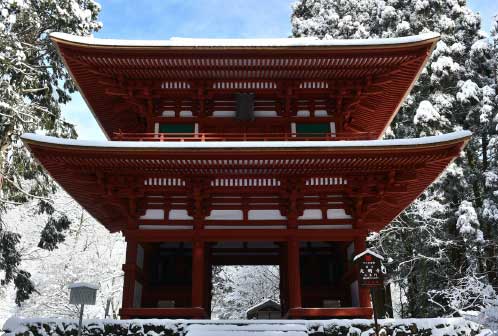
A “nio-mon” is a type of gate with statues of Nio Guardians (Kongorikishi statues) on each side to ward off evil.
The solid gate has a double-layered roof, which was built not for practical purposes but to indicate the formality of the structure. That is why there are no rooms on the second floor. The upper parts of the pillars have decorations that at the time of construction were state-of-the-art, testifying to the innovative design of the gate built deep in the mountains. A sign staked to its ridgepole indicates that construction began in 1242, and was completed in 1253. Then in 1954, it became the only structure in northern Kyoto to be designated as a national treasure.
